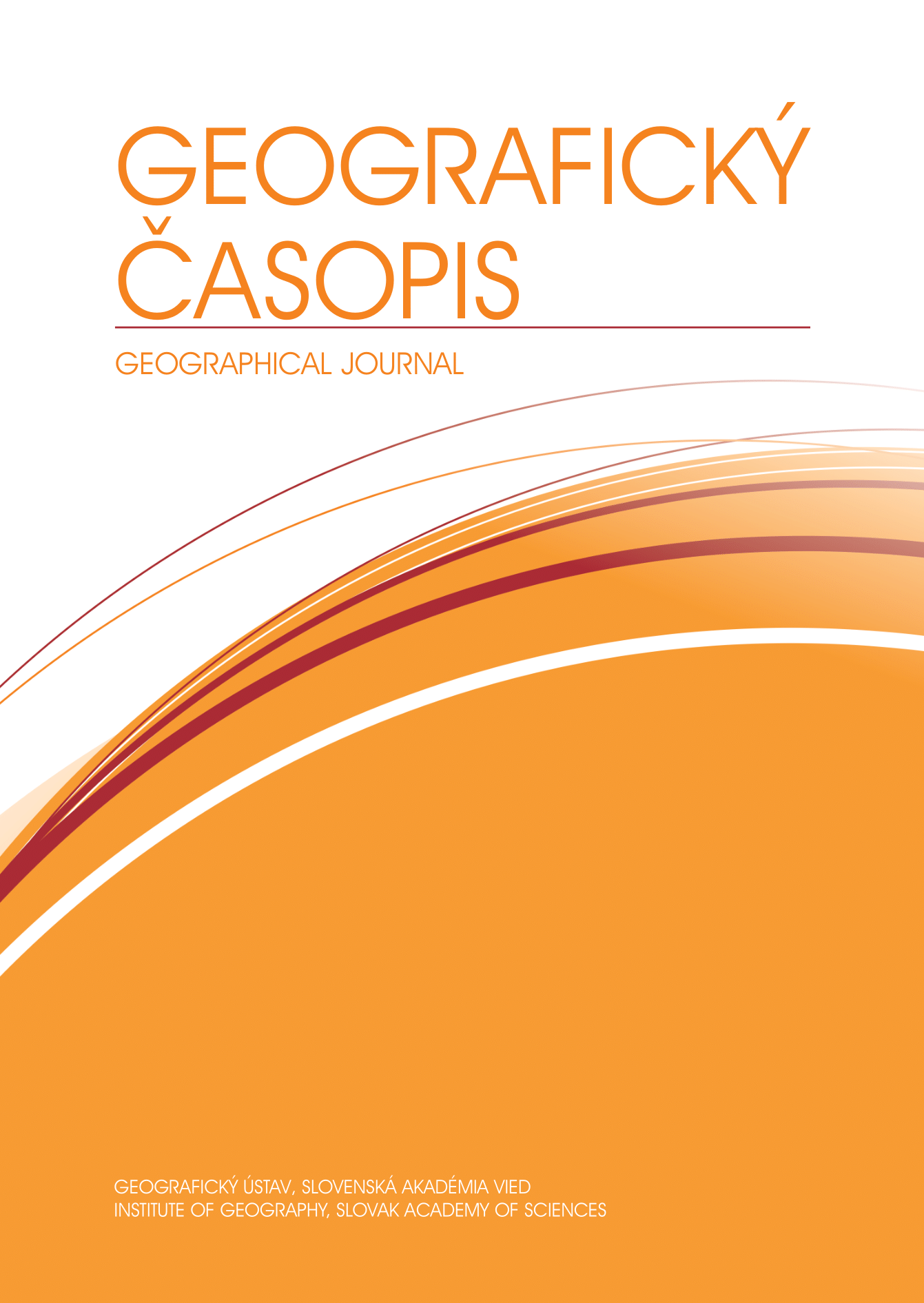Transport exclusion of suburban mothers: A critical review
Dopravné vylúčenie suburbánnych matiek: kritické zhodnotenie doterajšieho výskumu
DOI:
https://doi.org/10.31577/geogrcas.2024.76.4.17Keywords:
disadvantage, mothers, suburbia, mobility, gender, reviewAbstract
Suburban mothers have a special position when facing transport disadvantages, since they are both socially expected to fulfil their gender roles and are limited while travelling due to morphological structures and transport conditions of their neighbourhoods. Today's suburbia faces trends in society that were not present in the Fordist era. It also reflects various characteristics of the countries in which it operates, which are often different from traditional American suburbs. The aim of the paper is to provide a systematic review pertaining to the transport exclusion of suburban mothers consisting of two levels: 1) a general overview of wider connections and contexts related to the topic; and 2) a critical review of studies focusing specifically on suburban mothers and their transport behaviour and/or exclusion. This review adds to the literature by identifying research gaps and limitations of analysed papers, introducing possible future directions of the research, and proposing a concrete step for how to design future studies differently to obtain findings reflecting the current social setting. Future research should consider not only the transport-related decision-making processes of mothers, but also their value orientations and new trends in a society (e. g. the home office era, changing views on the family arrangements), all of these using a combination of quantitative and qualitative data while not omitting any travel modes or socio-economic classes of mothers.
Downloads
Published
Issue
Section
License
Copyright (c) 2024 Geografický časopis / Geographical Journal

This work is licensed under a Creative Commons Attribution-NonCommercial 4.0 International License.
The authors accept and agree to respect the terms and conditions of this public license. Published articles or their parts may be reused, provided that the names of the authors are mentioned and will serve only for non-commercial purposes.

